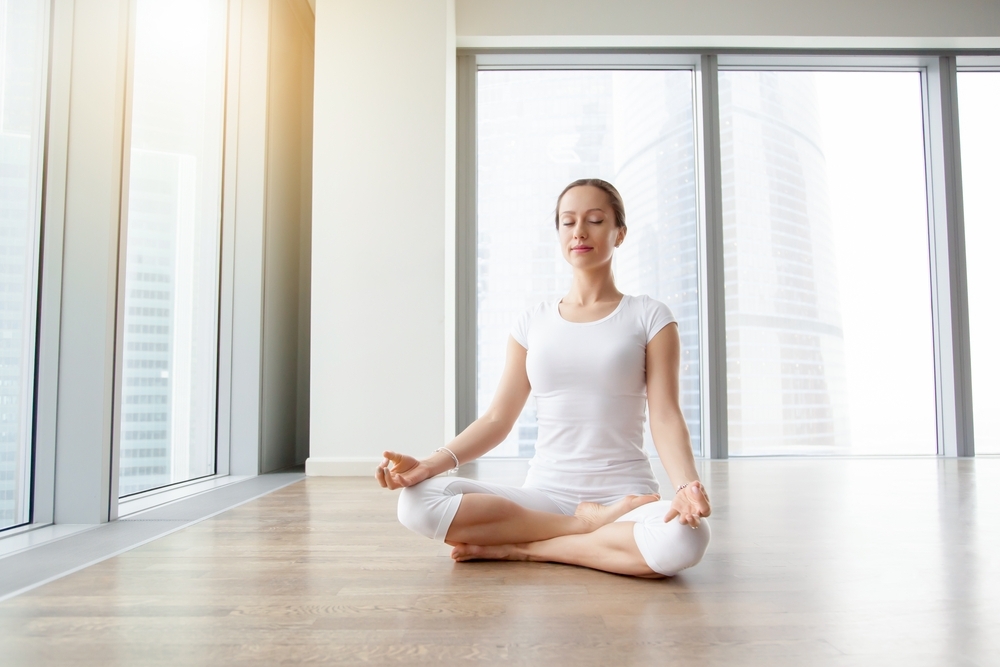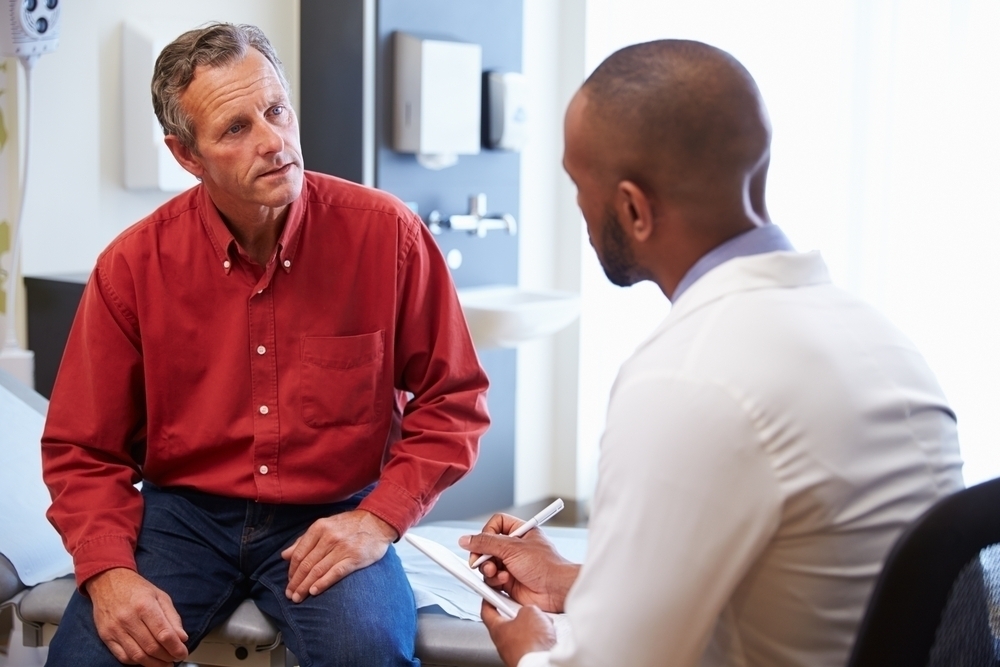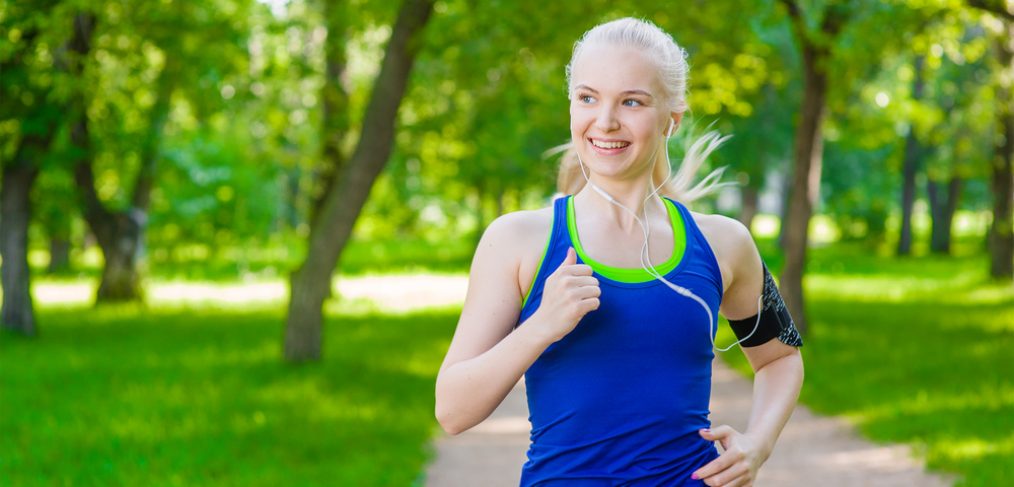There was a time when pregnancy was thought of as the ultimate “get out of exercise-and-dieting free” card. Being with child entitled you to nine months of lying on the couch with your swollen ankles propped up surrounded by gallons of ice cream and jars of pickles. Well, that was all well and good until women began realizing that the more time they spent engaging in that behavior, the less likely they were to return to anything resembling their original shape. Although pregnancy should be a time to avoid strenuous activity, it is important for most pregnant women to remain moderately active to maintain healthy vital conditions. Here are some exercises to keep your pregnant body in great shape.
Stretching Exercises

Neck Rotation
Neck rotation can be helpful in relieving neck and shoulder tension. Drop your head forward and slowly rotate it toward your right shoulder. Bring it back to the middle, and then over to the left. Repeat four times slowly in each direction.
Thigh Shift
It is important to keep legs flexible to maintain balance during pregnancy. Start the thigh shift by standing with one foot about two feet in front of the other with your toes pointed forward. Lean forward supporting your body weight with your front thigh. Change sides and repeat, doing four stretches on each side.
Shoulder Rotation
Rotating your shoulder helps to maintain range of motion. Bring your shoulders forward, rotate them up toward the ears and back down again. Reverse direction pulling shoulders back up toward the ears and back down. Do four rotations in each direction.
Ankle Rotation
Ankle rotation is a good way to minimize swelling of the foot and ankle associated with pregnancy, increasing circulation and decreasing fluid buildup. Sit with legs extended. Rotate feet in large circles using your entire ankle and foot. Rotate four times on your right and four times on your left.
Leg Shake
Leg shakes are helpful in maintaining circulation in your lower body. Sit with legs and feet extended and move legs up and down in a shaking motion.
Swim
Swimming motions can help you to remain flexible while reducing tension. Begin with your arms at your sides. Bring your right arm up, stretching your body forward while twisting slightly to the side, as if you were swimming. Repeat using your left arm, completing the entire sequence 10 times.
Kegel Exercises
Tailor Sit
Sit on the floor in a cross legged position. Lean forward keeping your back relaxed and straight. Assume this position throughout the day as often as possible.
Tailor Press
Sit on the floor with the soles of your feet together. Hold ankles and pull feet toward your body gently. Put your hands under your knees and inhale. Press knees against your hands while pressing hands up against your knees to create counter pressure. Hold for a five count.
If you’re pregnant, congratulations! And let us know how your exercising to keep your pregnant body beautiful and healthy.


























